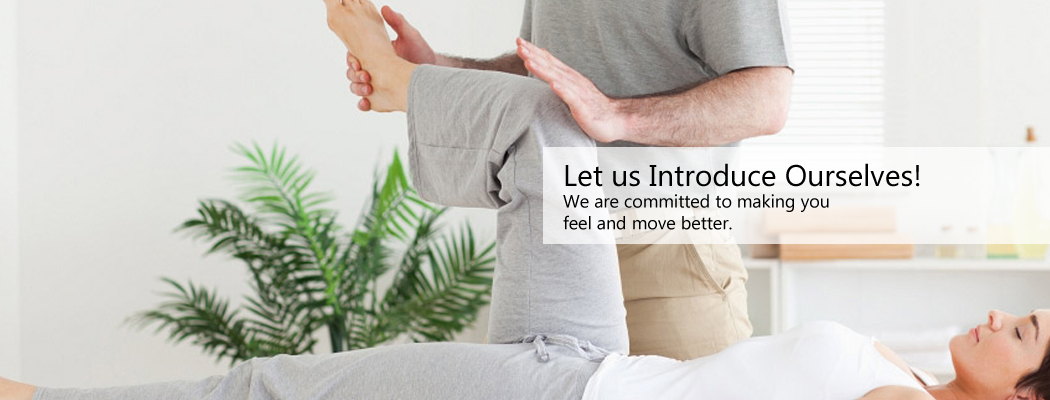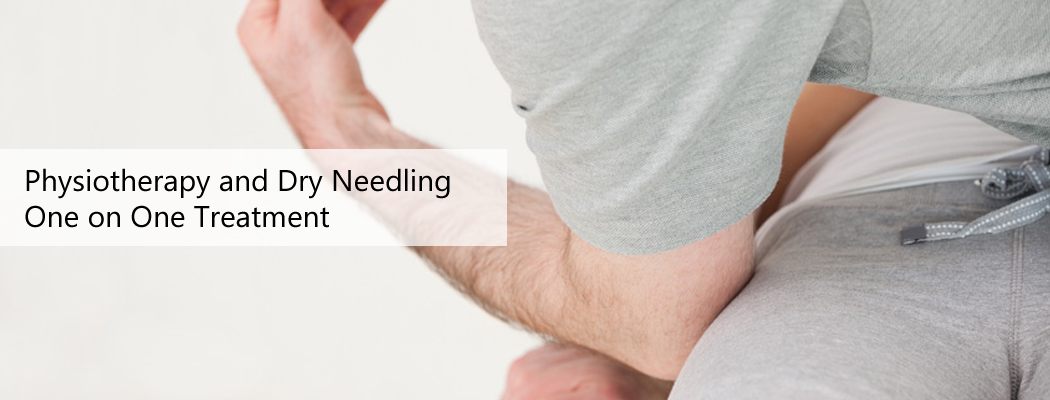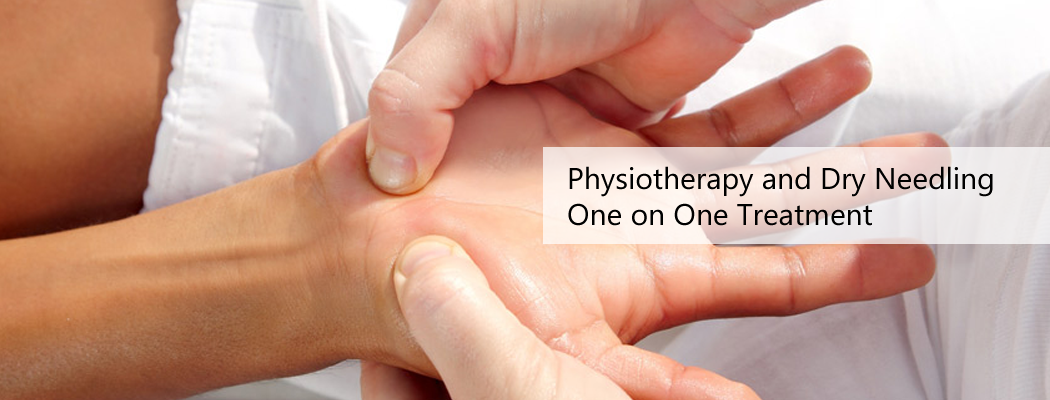Physiotherapy in North Vancouver for Hockey
Welcome to Elite Physical Therapy & Rehabilitation Centre's resource for selecting equipment - from minor league to competitive ice hockey players. Selecting ice hockey equipment is a serious affair. Not only must you select equipment that allows you to stay comfortable and minimize injury during your practices and games, but you must also comply with many rules and regulations associated with your league. The essential equipment list for ice hockey is long. We've provided some simple tips to help you successfully select the right gear, but don't forget to consult your coach to ensure your selections meet the rules too.
Essential Hockey Equipment:
- Helmet with chin strap
- Facemask
- Mouthguard
- Shoulder pads
- Elbow pads
- Shin guards
- Supporter and cup or pelvic protection
- Hockey pants, socks and jersey
- Gloves
- Skates
- Stick
- Drink bottles
- (Special Equipment for Goalies)
Recommended Hockey Equipment:
- Hockey bag
- Blade covers and "soakers"
Helmet with Chin Strap:
Your helmet must be certified by the Canadian Standards Association (CSA) and be sized based on your head circumference. The chinstrap should gently contact the chin when fastened and the helmet should feel snug and comfortable.
Facemask:
Your facemask must be certified by your regional standards association. In Canada for example, there are over 8 different types of facemasks based on player age and position (Ref: Official Case/Rule Book of Hockey Canada, http://www.hockeycanada.ca). Color coded stickers on the masks will help you to identify each type. Check that the facemask you use is the correct type for you. Throat guards are compulsory for minor and women's hockey.
Mouthguard:
Mouth guards typically cover the upper teeth and serve to cushion a blow to the face, minimizing the risk of broken teeth and injuries to the soft tissues of the mouth. A properly fitted mouth guard will stay in place while you are wearing it, making it easy for you to talk and breathe. If you wear braces or another fixed dental appliance on your lower jaw, your dentist may suggest a mouth guard for these teeth as well. There are many types of mouth guards available at sports stores or pharmacies and they come in sizes for children and adults. Dentists can also create customized mouth guards for athletes regularly engaged in high impact sports.
Shoulder Pads:
Shoulder pads protect your clavicle (collar bone), chest, back and upper arms while still allowing you to move freely and handle your stick. When trying on shoulder pads, check that you can raise your arms above your head without the pads restricting your movement or placing pressure on your neck.
Elbow Pads:
Your elbow pads should cover the back and sides of your elbow and extend down your forearm to the cuffs of your gloves.
Shin Pads:
Shin pads protect your shins and knees against collisions with sticks, pucks and skates. Shin pads cover your knee cap to the top of your skate.
Cup and Supporter or Pelvic Protection:
A properly fitted cup, held in place by a supporter is best for male groin protection. Pelvic Protectors are available for female groin protection.
Hockey Pants:
Hockey pants have built in pads to protect your hips, thighs, kidneys and coccyx (tailbone). Your pants should be comfortable and fit well so that when you move the pads do not slide around your body. Suspenders or a waist belt is used to hold your pants up. The bottom of your pants should overlap the top of your shin pads by 1-2 inches.
Hockey Socks:
Hockey socks are footless socks that hold your shin guards in place and should fit from your feet to above your shin guards. Hockey socks should be wide enough that they fit around your shin guards without restricting your ankle and knee movement. Hockey socks are held up with garters, or velcro attachments and sometimes, sports tape.
Hockey Jersey:
Your hockey jersey will usually be provided by your club.
Gloves:
Gloves protect you from the opposition's sticks. Your gloves should have the following features:
- Maximum protection over your thumbs with a "lock thumb" system which prevents your thumb from being hyper-extended and causing ligament injury.
- A soft palm so you can feel the stick. When trying on gloves, take a stick to hold and test the feel.
- A flexible, though still protective cuff, that does not come too high up your arm.
- Laces in good condition.
The tightness of the glove is based upon personal preference, however, your fingers should not touch the ends of the gloves.
Skates:
Your skates consist of a boot, blade and blade holder. Your choice of boot material will depend on your skating ability and budget. Your skate size is usually smaller than your street shoe size. Loose skates won't provide the support you need. A firm fit at the ankle and heel is particularly important to avoid ankle injuries. Always try boots on before purchasing, unless you are reordering a particular type and size that you are already familiar with. Wear in your skates around the home to avoid blisters, but don't forget to have your blade guards on. Keep your blades sharp for maneuverability and to prevent catching your skate on the ice.
Sticks:
As a general rule, when standing in bare feet your hockey stick should extend from the floor between your two feet to the tip of your nose. Sticks are made from wood, aluminum, or carbon fibre, and can come in right and left-handed versions. Sticks can be cut to size as some players prefer a shorter or longer stick depending on their position. Restrictions on stick size and blade curvature may apply depending on the level of competition you play.
Drink bottles and fluid:
Keeping hydrated will help you stay alert for your training and game, may help to prevent muscle cramps and will help your post-training or game recovery. Take your own drink bottles to the rink so that you can monitor your fluid consumption. We recommend that you drink about 300-400 mL before arriving at the the rink (ref: http://www.ausport.gov.au/sportscoachmag/nutrition2/pre-event_nutrition), and 250mL (1 cup) of water or sports drink every 20 minutes during play and for one hour after play. Your fluid requirements will vary depending on the environmental conditions and your body size. To check that you are adequately hydrating, you can weigh yourself before and after you train. If your weight remains the same then you are likely to be well hydrated.
Special Equipment for Goalkeepers:
Goalkeepers require extra protective gear that will typically weigh one quarter of your body weight. Helmets are made from KevlarT or fibreglass and are sometimes form-fitted to the face. A cage mask with a deflector pad that extends downwards from the chin to protect the neck and throat is required. Pads have extra protection and leg pads have extra blocking area. One catching glove and one backhand glove is worn. Wooden sticks with larger blades for increased blocking area are used. The protective cup goalies wear has extra padding, often called a "goalie jock".
Hockey Bag:
With such an investment in equipment a hockey bag is recommended, not only to protect your equipment but to make it easier for you to ensure that you have every piece of equipment you need at each and every practice and game. Borrowed gear is unlikely to fit you well and will not provide optimum protection. Hockey bags are large and heavy so a bag on wheels is a good choice to protect your back from lifting-related injuries.
Blade Covers or "Soakers":
Blade covers protect blades, reducing your need for blade sharpening. They also protect the other equipment in your hockey bag. Don't forget to remove the guards before head out to the ice. "Soakers", made from absorbent material, also protect your blades and dry any moisture from your blades after skating, helping to prevent rust.




